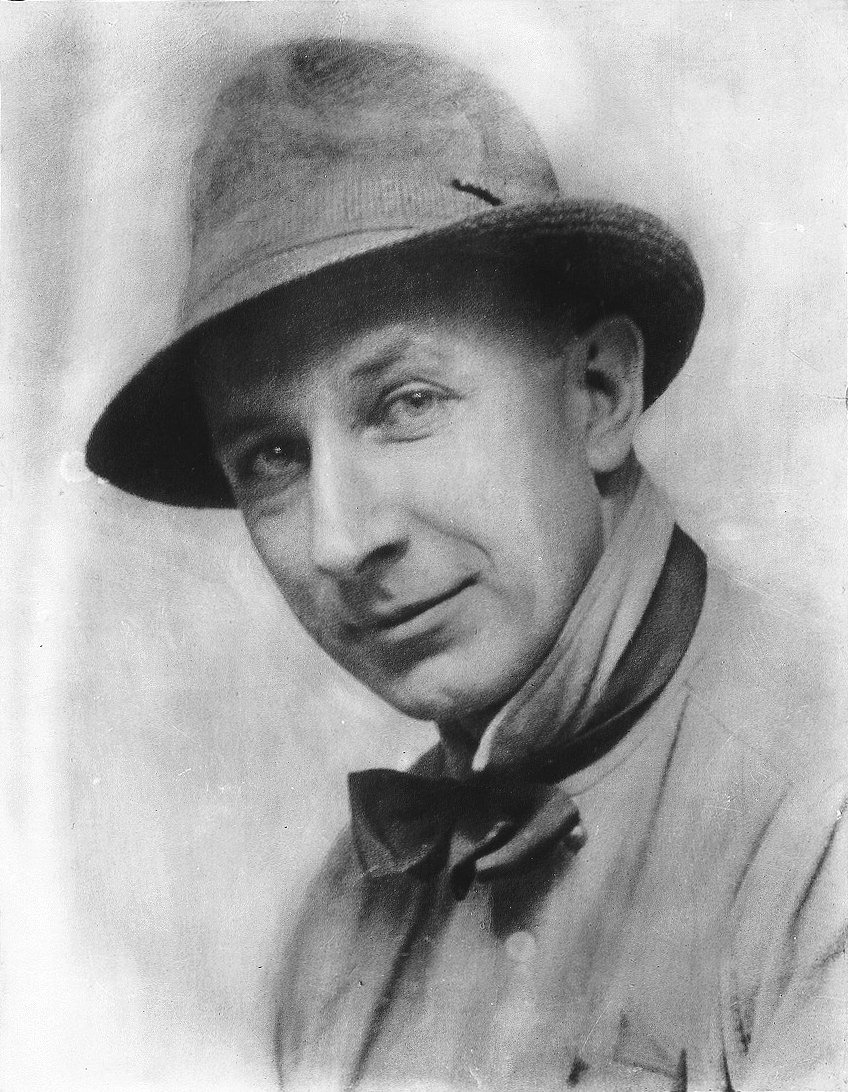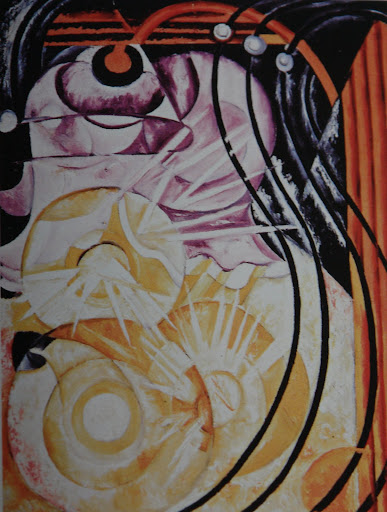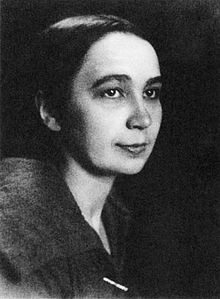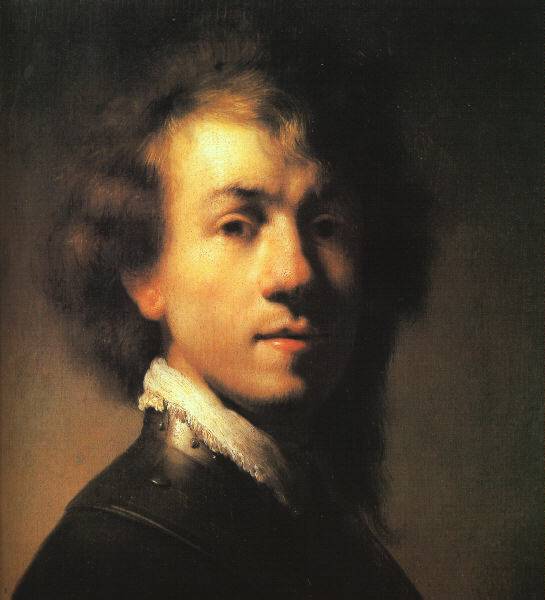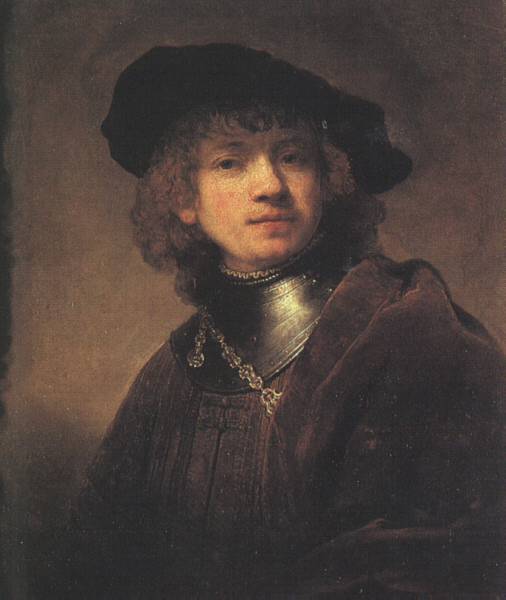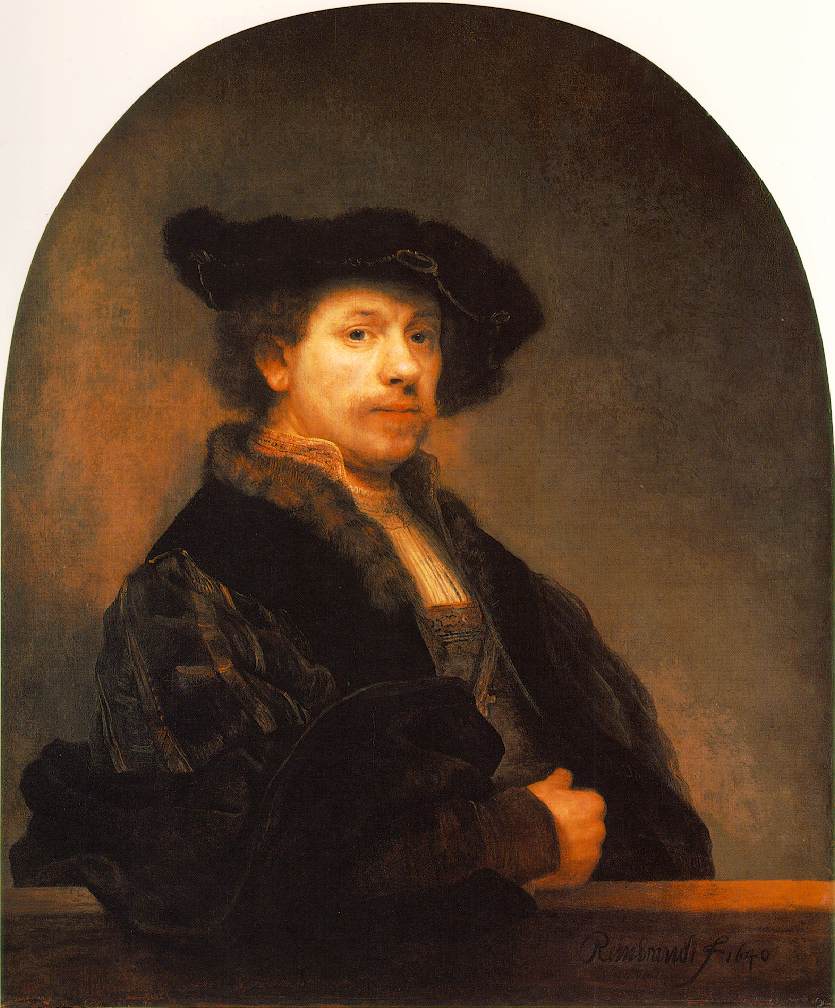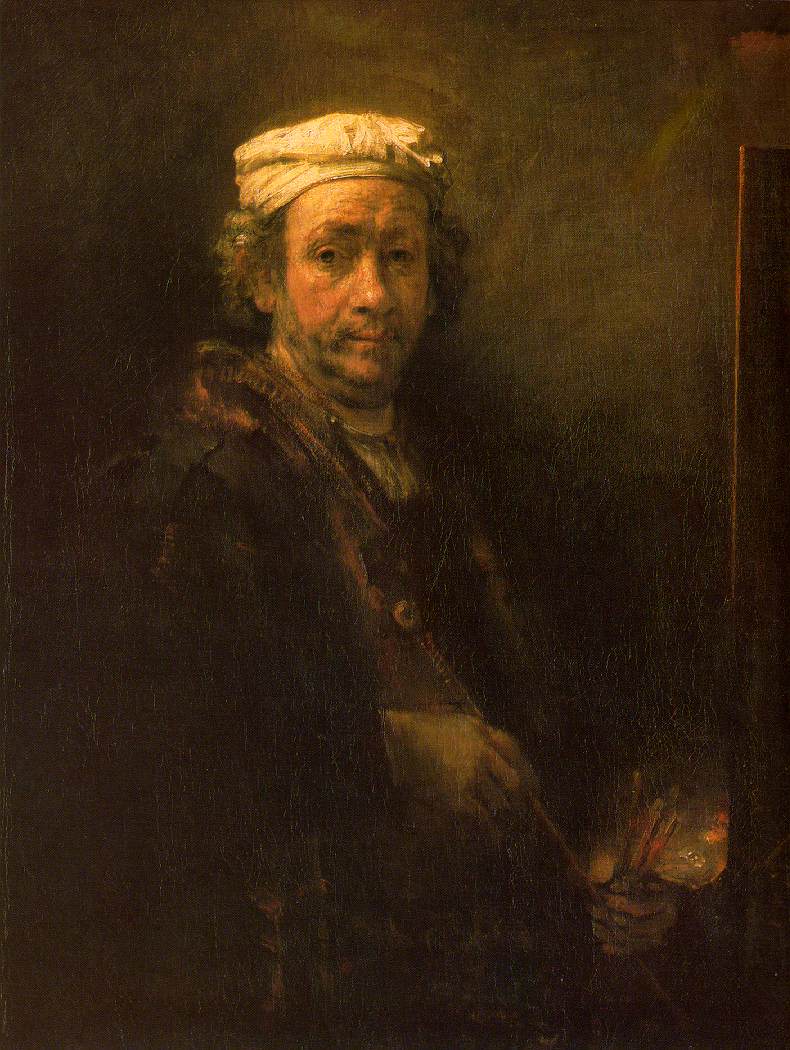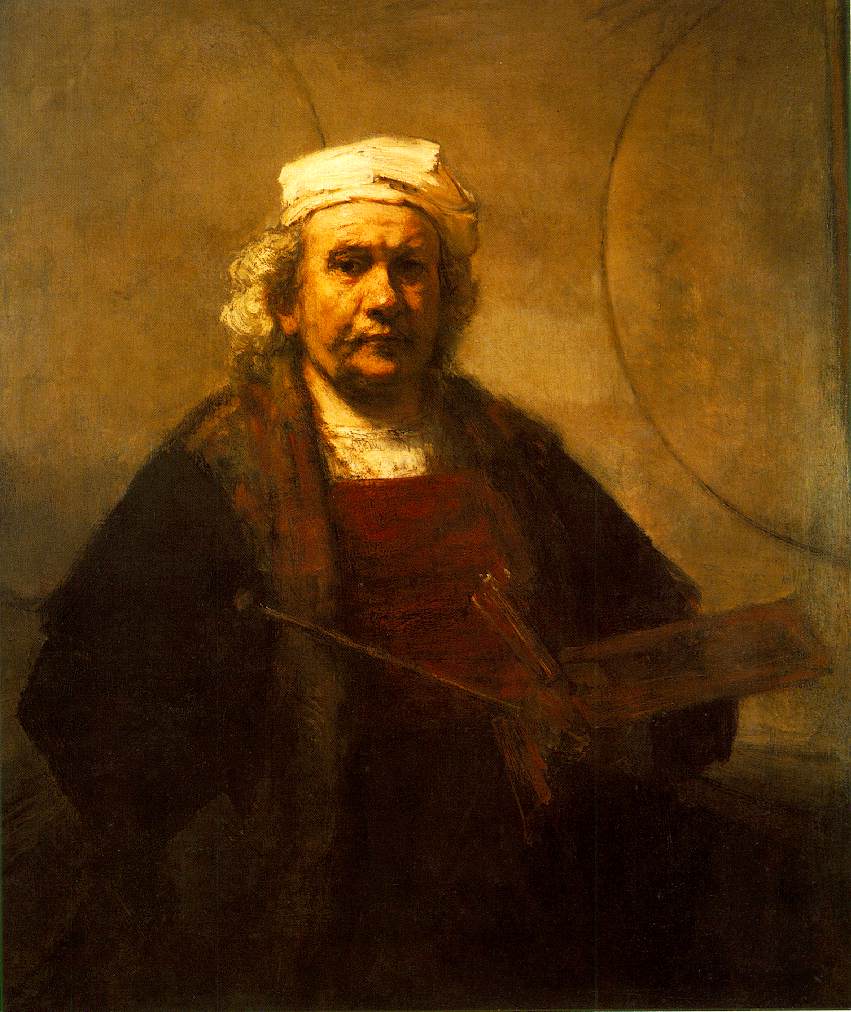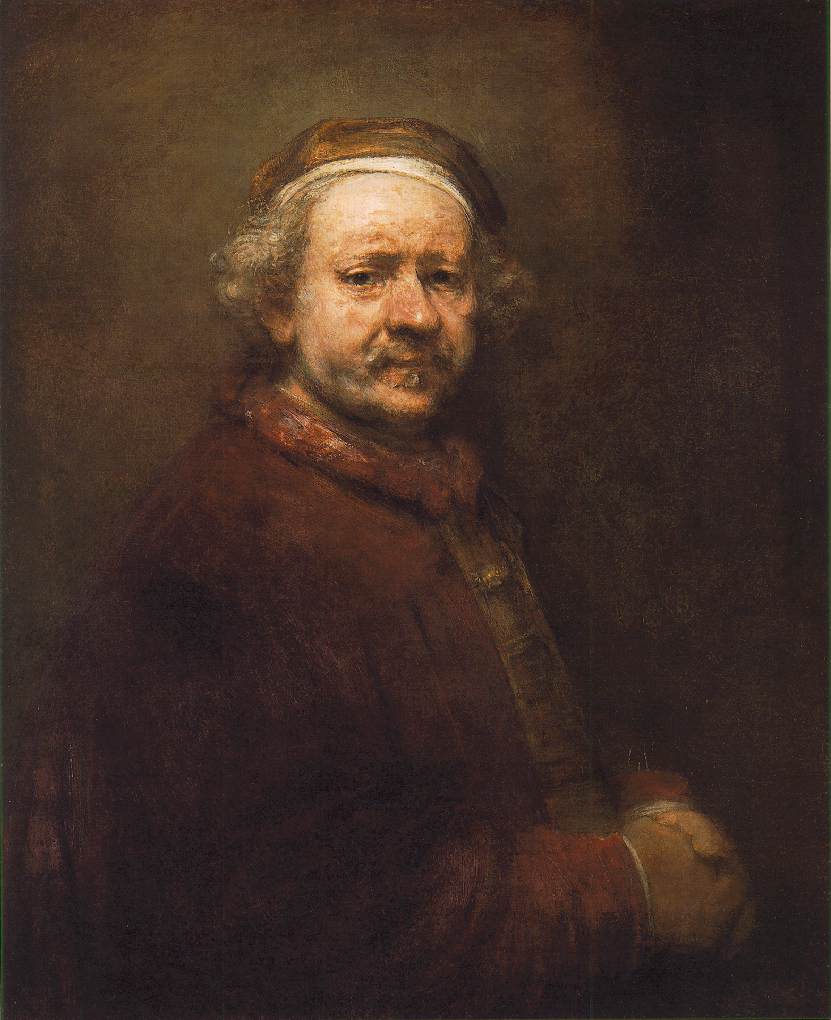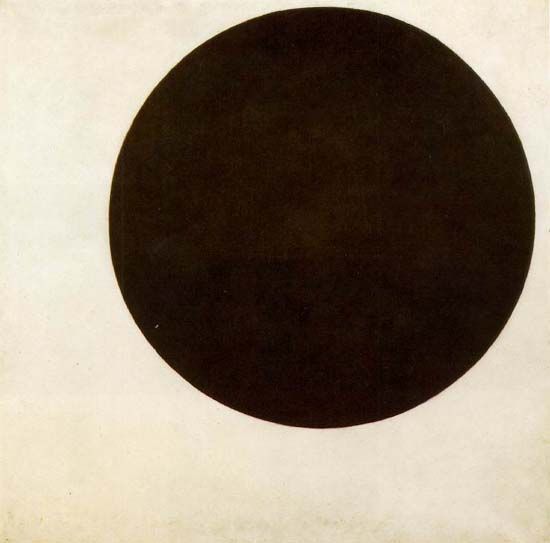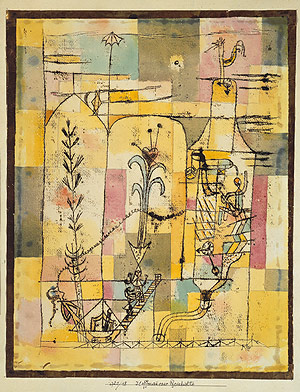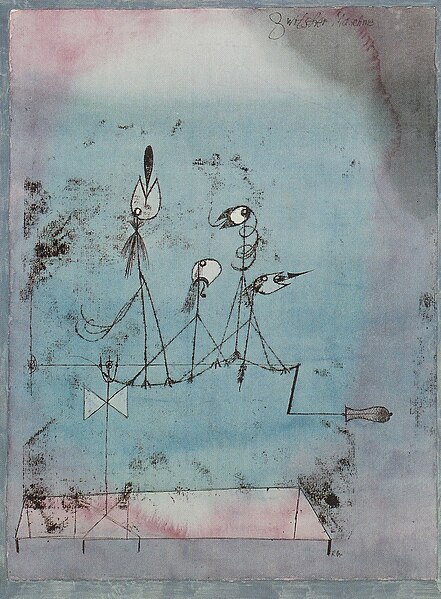

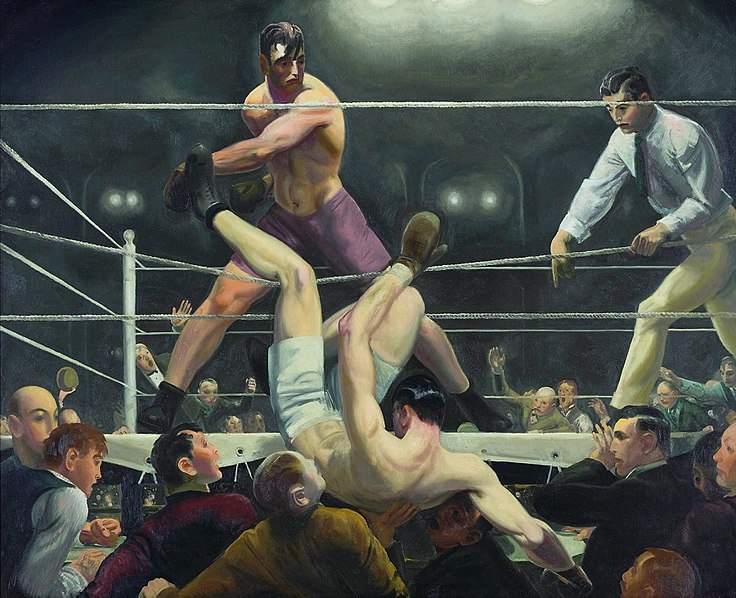




By Jacqueline Trescott, Published: September 29
The first full retrospective of American artist George Bellows in more than three decades will open at the National Gallery of Art next year, the museum announced Thursday.
Bellows, one of the famed artists of the Armory Show in 1913, was an important transitional figure between the Victorian and modern eras. Widely known for his dramatic scenes of boxers and urban life, Bellows was interested in everything around him. His work is celebrated for its detailed renderings of dreary life in New York, with laundry hanging out apartment windows and people crowded on tenement steps. But he found a contrast in the lyrical views of snow in the parks, and in formal portraits, mostly of his family.
The exhibit, organized by the gallery, will include about 140 paintings, drawings and lithographs. The last major exhibition of Bellows’s work, concentrated on his paintings, was mounted 20 years ago at the Los Angeles County Museum of Art. Thirty years ago the National Gallery did a show of his boxing paintings, and in 1957 Bellows was the subject of the gallery’s first solo artist exhibition.
“We want to establish a more expansive view of Bellows,” said Charles Brock, associate curator for the gallery’s American and British paintings. “He was a hugely ambitious painter, yet he is known in a very narrow way. This is a survey of his entire career.
“You can misunderstand Bellows if you look at him too narrowly. We want to introduce him to new generations.”
Bellows was a complicated artist and individual, often under-appreciated.
“Look at the way he depicts New York,” Brock said. “In our Chester Dale show, we put Bellows’s ‘Blue Morning’ between two works by Monet. You can see how innovative Bellows was in terms of color and concepts of the city.”
His influence needs to be restated, Brock said.
“This generation navigates the transition to the modern world,” he said. “Bellows essentially keeps alive the figurative representative traditions into the modern era. Edward Hopper is the heir to that.”
After the National Gallery show from June 10 to Oct. 8, “George Bellows (1882-1925)” will travel to the Metropolitan Museum of Art in New York and the Royal Academy of Arts in London.
George Wesley Bellows (August 12 or August 19, 1882 - January 8, 1925) was an American realist painter, known for his bold depictions of urban life in New York City, becoming, according to the Columbus Museum of Art, "the most acclaimed American artist of his generation".
Bellows was born and raised in Columbus, Ohio. He was an only child, born four years after his parents married, at the ages of fifty and forty respectively. His mother, Anna Wilhelmina Smith, was the daughter of a whaling captain.Belows attended The Ohio State University from 1901 until 1904. There he played for the baseball and basketball teams, and provided illustrations for the Makio, the school's student yearbook. He was encouraged to become a professional baseball player, and he worked as a commercial illustrator while a student and he continued to accept magazine assignments throughout his life. Despite these opportunities in athletics and commercial art, Bellows desired success as a painter. He left Ohio State in 1904 just before he was to graduate and moved to New York City to study art.
Bellows was soon a student of Robert Henri at the New York School of Art, and became associated with Henri's "The Eight" and the Ashcan School, a group of artists who advocated painting contemporary American society in all its forms. By 1906, Bellows was renting his own studio, on Broadway.
Bellows first achieved notice in 1908, when he and other pupils of Henri organized an exhibition of mostly urban studies. While many critics considered these to be crudely painted, others found them audacious and a step beyond the work of his teacher. Bellows taught at the Art Students League of New York in 1909, although he was more interested in pursuing a career as a painter. His fame grew as he contributed to other nationally recognized juried shows.
Bellows' urban New York scenes depicted the crudity and chaos of working-class people and neighborhoods, and also satirized the upper classes. From 1907 through 1915, he executed a series of paintings depicting New York City under snowfall. These paintings were the main testing ground in which Bellows developed his strong sense of light and visual texture.] These exhibited a stark contrast between the blue and white expanses of snow and the rough and grimy surfaces of city structures, and created an aesthetically ironic image of the equally rough and grimy men struggling to clear away the nuisance of the pure snow. However, Bellows' series of paintings portraying amateur boxing matches were arguably his signature contribution to art history. These paintings are characterized by dark atmospheres, through which the bright, roughly lain brushstrokes of the human figures vividly strike with a strong sense of motion and direction. Growing prestige as a painter brought changes in his life and work. Though he continued his earlier themes, Bellows also began to receive portrait commissions, as well as social invitations, from New York's wealthy elite. Additionally, he followed Henri's lead and began to summer in Maine, painting seascapes on Monhegan and Matinicus islands.
At the same time, the always socially conscious Bellows also associated with a group of radical artists and activists called "the Lyrical Left", who tended towards anarchism in their extreme advocacy of individual rights. He taught at the first Modern School in New York City (as did his mentor, Henri), and served on the editorial board of the socialist journal, The Masses, to which he contributed many drawings and prints beginning in 1911. However, he was often at odds with the other contributors because of his belief that artistic freedom should trump any ideological editorial policy. Bellows also notably dissented from this circle in his very public support of U.S. intervention in World War I. In 1918, he created a series of lithographs and paintings that graphically depicted the atrocities committed by Germany during its invasion of Belgium. Notable among these was The Germans Arrive, which was based on an actual account and gruesomely illustrated a German soldier restraining a Belgian teen whose hands had just been severed. However, his work was also highly critical of the domestic censorship and persecution of anti-war dissenters conducted by the U.S. government under the Espionage Act.
He was also criticized for some of the liberties he took in capturing scenes of war. The artist Joseph Pennell argued that because Bellows had not witnessed the events he painted firsthand, he had no right to paint them. Bellows responded that he had not been aware that Leonardo da Vinci had "had a ticket to paint the Last Supper".
As Bellows' later oils focused more on domestic life, with his wife and daughters as beloved subjects, the paintings also displayed an increasingly programmatic and theoretical approach to color and design, a marked departure from the fluid muscularity of the early work.
In addition to painting, Bellows made significant contributions to lithography, helping to expand the use of the medium as a fine art in the U.S. He installed a lithography press in his studio in 1916, and between 1921 and 1924 he collaborated with master printer Bolton Brown on more than a hundred images. Bellows also illustrated numerous books in his later career, including several by H.G. Wells.
Bellows taught at the Art Institute of Chicago in 1919. In 1920, he began to spend nearly half of each year in Woodstock, New York, where he built a home for his family.] He died on January 8, 1925 in New York City, of peritonitis, after failing to tend to a ruptured appendix.] He was survived by his wife, Emma, and two daughters, Anne and Jean.
Paintings and prints by George Bellows are in the collections of many major American art museums, including the National Gallery of Art in Washington, DC, the Memorial Art Gallery of the University of Rochester, Rochester, New York, and the Whitney and the Museum of Modern Art in New York, and The Hyde Collection, in Glens Falls, NY. The Columbus Museum of Art in Bellows' hometown also has a sizeable collection of both his portraits and New York street scenes.
The Archives and Special Collections at Amherst College holds his papers.
In December 1999, Polo Crowd, a 1910 painting, sold for U.S. $27.5 million to billionaire Bill Gates. In November 2008, Bellows's Men of the Docks a 1912 painting of the Brooklyn docks spanning the East River and depicting the Manhattan skyline in the background, was to be auctioned at Christie's in New York. It was expected to set the record for an American painting sold at auction with an estimate of $25–35 million. The painting's sale however was a source of controversy at Randolph College because it was the first masterpiece purchased for the Maier Museum of Art by students and locals who scraped together $2,500 to purchase it in 1920. Due to a series of lawsuits and the deflated art market; the painting remains unsold and in limbo.




